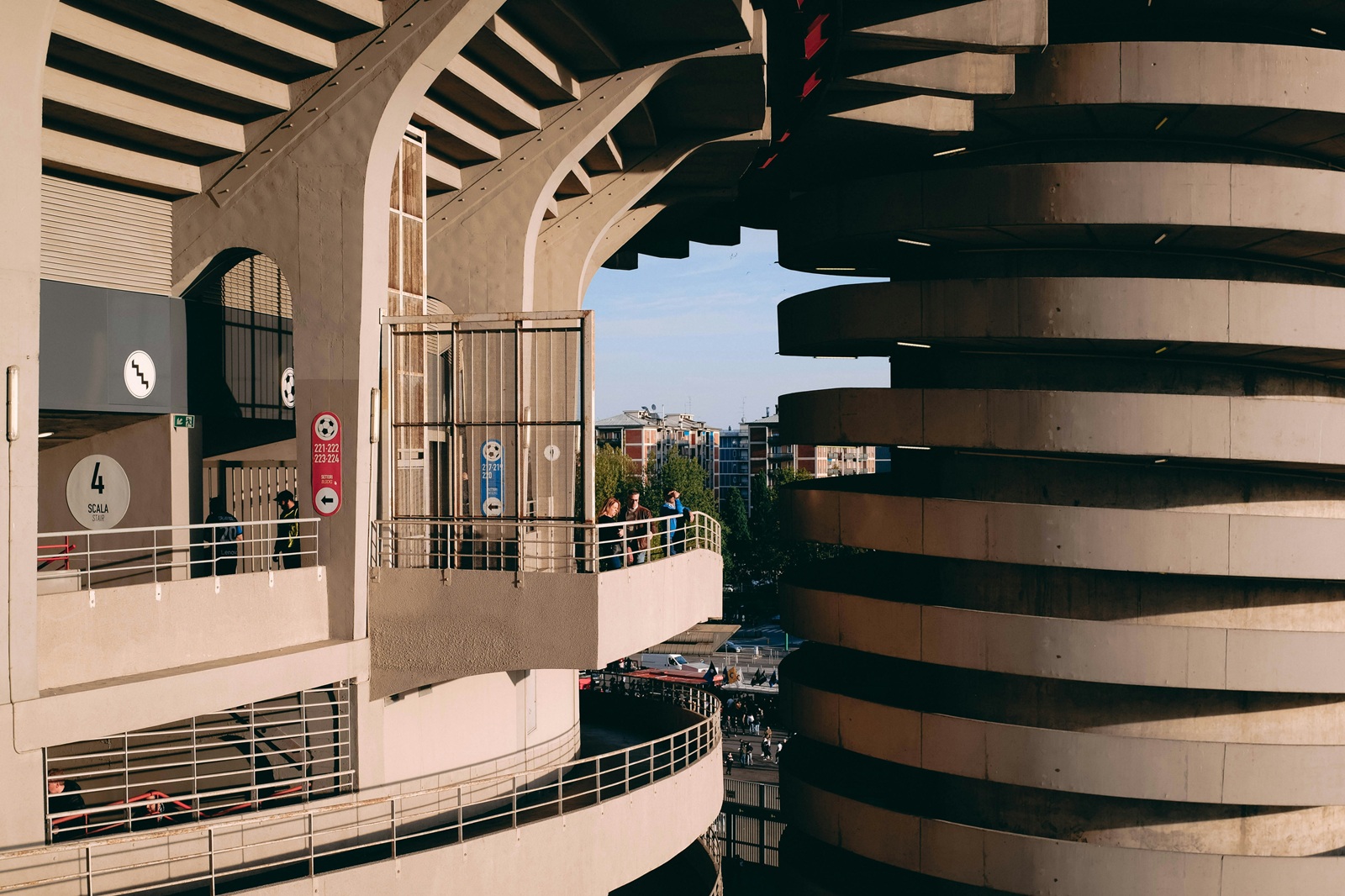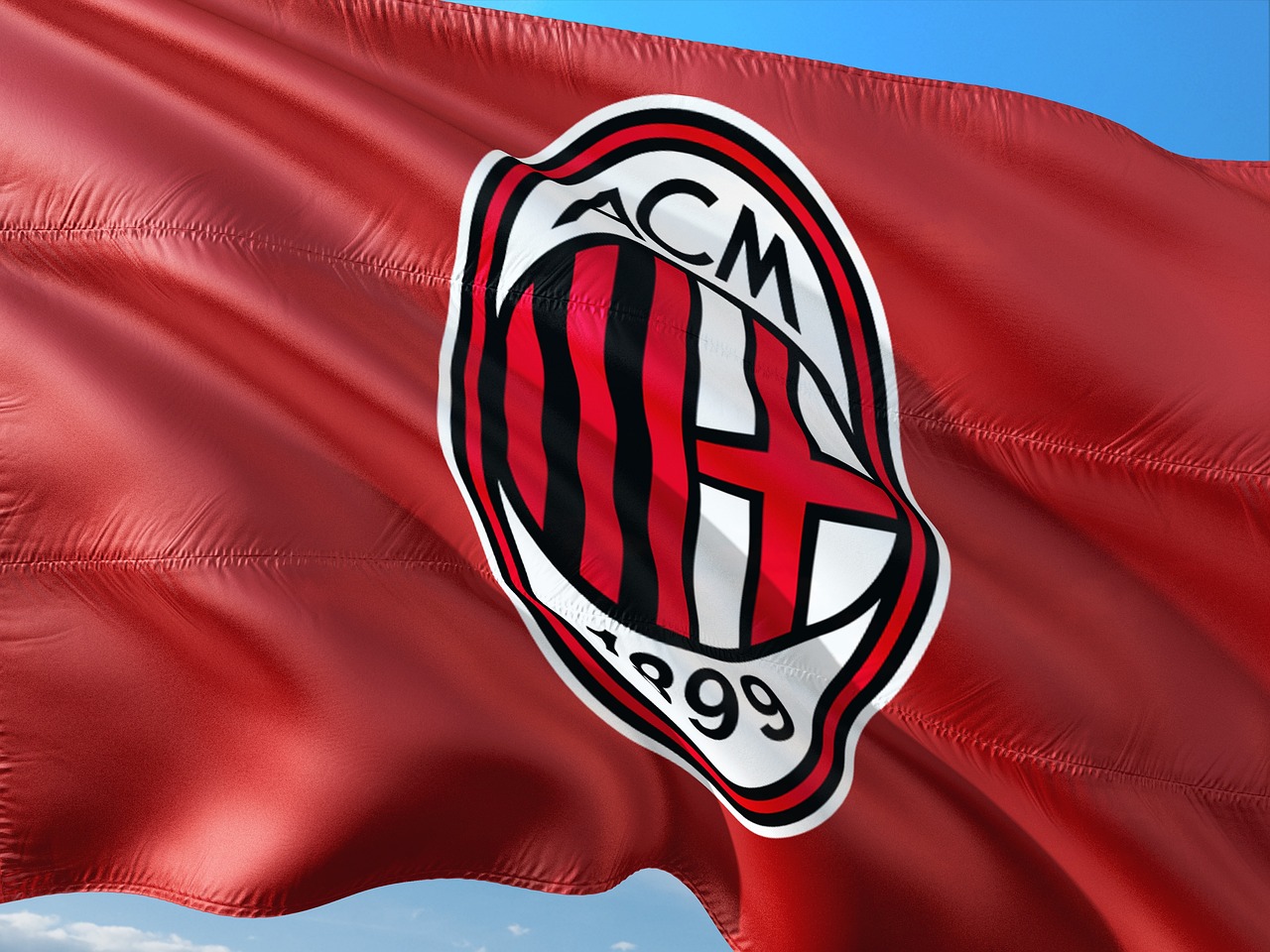International
The San Siro Saga: A €197M “Bargain” for Clubs with €1B in Debt?

The eight-year-long soap opera surrounding Milan’s iconic “Temple of Football,” the Giuseppe Meazza Stadium, has finally reached a new act. On November 5th, the deed of sale was officially signed, transferring ownership of the historic stadium and its vast surrounding areas from the Municipality of Milan to the city’s two football clubs, A.C. Milan and F.C. Inter.
Yet, this €197 million transaction, intended to pave the way for a €1.2 billion demolition and redevelopment project, is far from a done deal. The ink was barely dry before a prosecutor’s investigation for bid-rigging was announced.
This “historic” sale looks less like a conclusion and more like the beginning of a complex bureaucratic and legal battle, pitting the clubs’ commercial ambitions against public finances, prosecutors, and the stadium’s own architectural history.
💸 A “Fire Sale” Price for Milan’s Public Asset
The core of the controversy lies in the numbers. The €197 million price tag, based on a valuation by the Revenue Agency (Agenzia delle Entrate), is split between the stadium itself and the valuable land around it.
The Breakdown of the Deal:
-
Stadio Meazza (Physical Stadium): €73 million, for for what is one of the most
famous soccer stadiums in the world -
Surrounding Areas (262,000 sqm): €124 million
-
Total Price: €197 million
The devil, as always, is in the details. The price for the 262,000 square meters of land calculates to €473 per square meter. Nothing, for a prestigious area in Italy’s most expensive city
Citizen committees have labelled this a “fire sale price.” They argue that market rates for similar real estate operations in the area are estimated between €1,500 and €2,000 per square meter, with residential prices nearby hitting €8,000/sqm.
Mayor Giuseppe Sala, defending the valuation, finds himself on a political tightrope. He is caught between the very real threat of the clubs abandoning Milan (as they previously suggested with moves to Rozzano or San Donato, two suburbs of the city) and the public backlash of undervaluing a city icon. His defense—that the valuation was handled by the Revenue Agency—is a classic bureaucratic shield from an institution usually assessing the real estate minimum values for tax scope. However, the subsequent, non-tendered hiring of consultants (who also had ties to the agency) to ‘double-check’ the math only deepened suspicions of a pre-determined political outcome.
The deal for the municipality looks even less impressive when considering the net figures.
-
Milan and Inter teams are set to pay €197 million for the entire package.
-
However, the City has reportedly agreed to pay the clubs €80 million to cover the costs of demolishing the Meazza.
-
This leaves a net cost for the clubs of just €117 million for the entire asset.
To add a touch of irony, this €117 million net gain for the city is less than half of what the municipality collected in rent from the two clubs over the last 25 years (approximately €260 million).

Sans Siro Strucre -Unsplash
🏗️ The €1.2B Project on a Foundation of €1B Debt
This “bargain” purchase is the first step in a monumental €1.2 billion real estate operation. The clubs’ plan is to demolish the Meazza and build a new, modern 71,500-seat arena, surrounded by a new commercial district including:
-
A skyscraper for offices
-
A large shopping centre
-
Hotels and restaurants
-
Museums and cultural spaces
The project, slated for completion by 2035, is seen by both clubs as vital for their long-term financial stability. Both Inter and Milan have posted strong revenues (Inter a record €567M, Milan €411M) and even profits.
However, this is where the financial scepticism, very much in the Scenarieconomici style, kicks in. While revenues are up, the clubs are sitting on a mountain of combined debt totaling approximately €1 billion (€734M for Inter, €324M for Milan).
How can two entities, already this heavily leveraged and owned by complex offshore funds (Oaktree/Cayman Islands for Inter, RedBird/Dutch holding for Milan), sustainably finance an additional €1.2 billion project?
The clubs’ rejection of the €350M Webuild renovation—which did promise to increase premium seating from 2,900 to 13,400—reveals the true nature of the operation. This was never just about modernization; it’s about ownership of the underlying asset. A renovated, publicly-owned stadium still requires paying rent. A privately-owned real estate complex, built with significant leverage, becomes a balance sheet asset. It’s the difference between being a tenant and being a developer.
This financial opacity has fueled speculation, notably the “portage” theory: Are the clubs, drowning in debt, merely the frontmen for the real investors? Are they acquiring the asset only to flip it to an unseen third party? In this scenario, the football clubs are simply the (somewhat) acceptable public face of a massive speculative real estate venture.

Iner Football Team Logo
⚖️ The Two-Front Legal War: Prosecutors and Preservationists
Just as the clubs celebrated the signing, the “venticelli” (light whispers) of an investigation—a term hopefully used by Milan’s president, Paolo Scaroni—turned into a formal storm.
1. The Prosecutor’s Investigation The Milan Prosecutor’s Office has opened an investigation (Modello 45) into the sale, citing potential turbativa d’asta (bid-rigging). The probe aims to verify whether the public tender was manipulated, potentially causing damage to public coffers.
2. The “Vincolo”: The Architectural Show-Stopper The most significant threat to the clubs’ €1.2 billion vision is not a prosecutor, but the calendar. The plan depends on total demolition, but the stadium’s second tier is about to become a protected historical monument.
-
The Law: Under Italian law, a public building cannot be demolished if it is over 70 years old and deemed of cultural interest.
-
The Timeline: The second tier of San Siro was built between 1953-1955. The 70-year threshold clicks in 2025.
-
The Ruling: The Superintendence (the cultural heritage body) has already expressed a positive opinion on the second tier’s cultural value. The Municipality of Milan appealed this opinion, but the TAR (Regional Administrative Tribunal) rejected their appeal on May 7, 2024.
The imposition of this historical constraint in 2025 is now considered “all but certain.” If the “vincolo” is applied, total demolition is legally impossible.

Milan Football tam logo
🏁 How This Game Ends
The future of San Siro is now a race against time. The clubs need 7-8 months for the executive project, but the investigations and the looming 2025 “vincolo” threaten to halt everything.
If the legal and bureaucratic hurdles delay the project, the clubs will be left holding a stadium they cannot tear down. The ironic finale? They may be forced to accept the €350 million Webuild renovation plan—which the City commissioned and the clubs already rejected—as the only path forward.
The “Temple of Football” may yet be saved, not by popular demand, but by the very bureaucracy that sold it.
Questions and Answers
-
Why is the €197 million price considered so controversial? The price is contested because the land component (262,000 sqm for €124 million) equates to just €473 per square meter. Critics and citizen committees have called this a “fire sale,” pointing out that commercial market rates in the area are estimated to be €1,500-€2,000/sqm. Furthermore, after the city reimburses the clubs €80 million for demolition, the city’s net gain is only €117 million, which is less than the €260 million it earned from the clubs in rent over the last 25 years.
-
Now that the clubs own the stadium, can they demolish it? Not necessarily. The entire €1.2 billion project depends on demolition, but this is threatened by a historical preservation constraint (a “vincolo”). The stadium’s second tier, built in 1953-55, turns 70 in 2025, at which point it becomes eligible for protection. The cultural heritage authority has already stated its intent to apply this protection, and a regional court (TAR) rejected the city’s appeal against it. If the constraint is applied in 2025 as expected, total demolition will be legally impossible.
-
Why would the city sell the stadium to clubs with so much debt? This is the central political and financial question. The clubs have a combined debt of approximately €1 billion. However, Mayor Giuseppe Sala has defended the sale, arguing that the stadium operation is precisely what the clubs need to solve their financial issues. The plan is that by owning and redeveloping the area, the clubs can “capitalize” on the €1.2 billion real estate project, creating new revenue streams that will stabilize their finances and, in theory, make them more sustainable in the long term.






